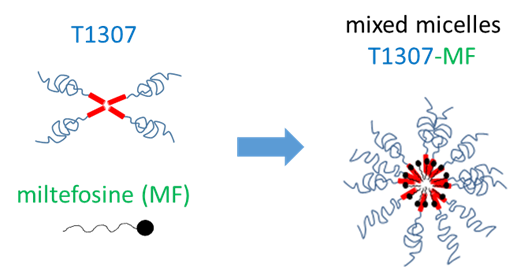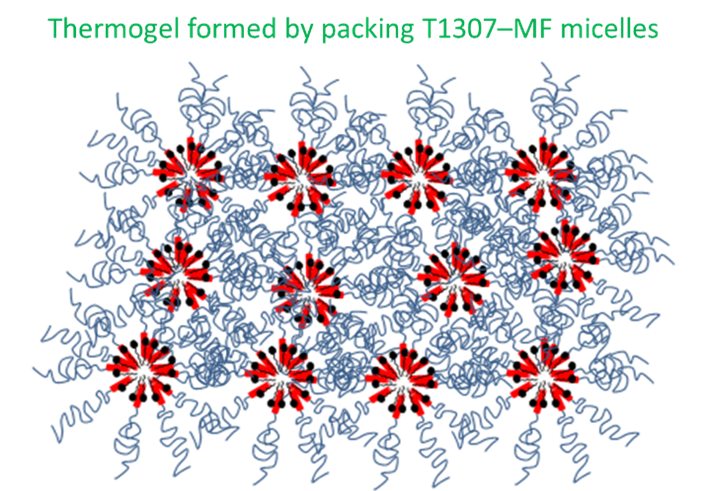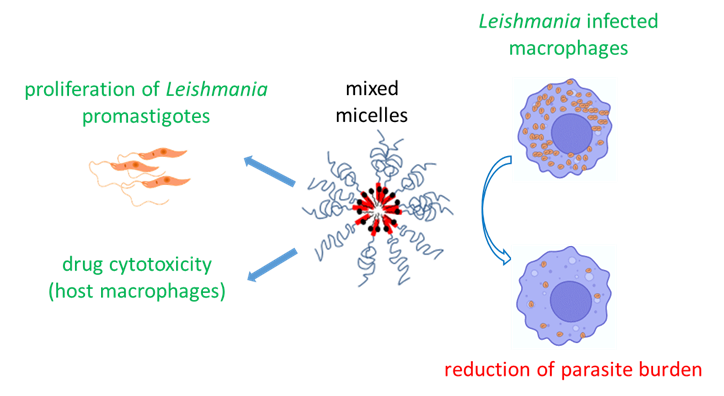Leishmaniasis is a global parasitic disease with high mortality. In fact, it is the second leading cause of death worldwide after malaria. However, it is a neglected tropical disease according to the World Health Organization. In Europe and industrialised countries, recent data have shown that leishmaniasis is an emerging infectious disease and should remain a global health priority.
The phospholipid miltefosine (MF), originally developed as an anti-cancer agent, was later found to be active against leishmania parasites and has been used to treat the disease for several decades. However, there are drawbacks to using MF, such as adverse gastrointestinal effects, which could be prevented by improving the formulation of the drug.
One possible option is using amphiphilic block copolymers to encapsulate MF. The amphiphilic polymer Tetronic® 1307 (T1307) was the focus of this study, published in the Journal of Molecular Liquids, by researchers from the University of Navarra in Spain.
The group, co-led by Professors Gustavo González-Gaitano and Paul Nguewa from the University of Navarra, found that the combination of MF and T1307 produced mixed micelles, where the drug and polymer self-assembled together. For more information on micelles, and the other structures formed by lipids, read our surfactant explainer article.

Using small angle neutron scattering on Larmor, they were able to obtain in-depth information on the internal structure of these micelles and found that the drug was indeed located inside the hydrophobic core of the micelles. As well as looking at the drug formulation for oral delivery, the group studied what would happen when varying the proportion of drug and carrier. When increasing the proportion of polymer, they also observed the formation of a thermogel that could be used for drug delivery through the skin.

This detailed understanding of the way that the MF and T1307 assemble meant that the authors could develop different formulations to determine their efficacy. They tested the biological activity of the mixed micelles and found that by combining MF and T1307 the activity of MF against leishmaniasis was dramatically enhanced and, on the other hand, such an improvement was detected at lower concentrations of MF, allowing the reduction of potential side effects.

Further information
The full paper can be found at DOI: 10.1016/j.molliq.2023.121654
